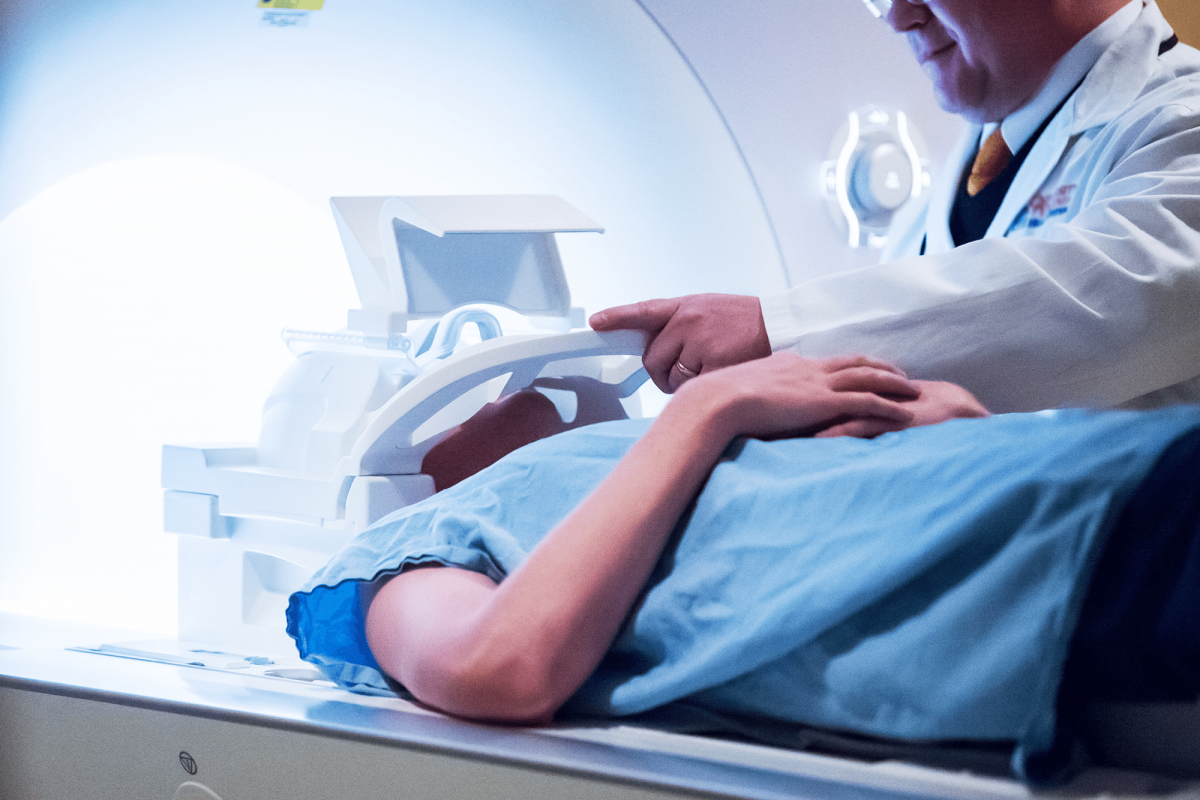
A major field of medical science, radiology specializes in diagnosing and treating diseases and injuries using medical imaging techniques, such as X-rays, mammography, computed tomography (CT), magnetic resonance imaging (MRI), and ultrasound.
Radiologists employ diagnostic imaging techniques that let doctors look inside your body for clues about a medical condition. A variety of machines and techniques can create pictures of the structures and activities inside your body. The type of imaging your doctor uses depends on your symptoms and the part of your body being examined.
Here we list out some of the popular diagnostic imaging techniques:
- X-rays
A type of radiation called electromagnetic waves, X-ray imaging creates pictures of the inside of your body. The images show the parts of your body in different shades of black and white. This is because different tissues absorb different amounts of radiation. Calcium in bones absorbs X-rays the most, so bones look white. Fat and other soft tissues absorb less and look gray. Air absorbs the least, so the lungs look black. The most familiar use of X-rays is checking for broken bones, but X-rays are also used in other ways. For example, chest X-rays can spot pneumonia. The amount of radiation you get from an x-ray is small.
- Mammography
It is a specialized medical imaging that uses a low-dose x-ray system to see inside the breasts. A mammography exam, called a mammogram, aids in the early detection and diagnosis of breast diseases in women.
Computed tomography (CT) is a type of imaging. It uses special X-ray equipment to make cross-sectional pictures of your body.
Doctors use CT scans to look for
- Broken bones
- Cancers
- Blood clots
- Signs of heart disease
- Internal bleeding
During a CT scan, you lie still on a table. The table slowly passes through the center of a large X-ray machine. The test is painless. During some tests, you receive a contrast dye, which makes parts of your body show up better in the image.
- MRI Scan
Magnetic resonance imaging (MRI) uses a large magnet and radio waves to look at organs and structures inside your body. Healthcare professionals use MRI scans to diagnose a variety of conditions, from torn ligaments to tumors. MRIs are very useful for examining the brain and spinal cord. During the scan, you lie on a table that slides inside a tunnel-shaped machine. Doing the scan can take a long time, and you must stay still. The scan is painless.
Before you get a scan, tell your doctor if you
- Are pregnant
- Have pieces of metal in your body. You might have metal in your body if you have a shrapnel or bullet injury or if you are a welder.
- Have metal or electronic devices in your body, such as a cardiac pacemaker or a metal artificial joint
- Ultrasound
It is a type of imaging technology that uses high-frequency sound waves to look at organs and structures inside the body. Healthcare professionals use it to view the heart, blood vessels, kidneys, liver, and other organs. During pregnancy, doctors use ultrasound to view the fetus. Unlike X-rays, ultrasound does not expose you to radiation.
During an ultrasound test, you lie on a table. A special technician or doctor moves a device called a transducer over part of your body. The transducer sends out sound waves, which bounce off the tissues inside your body. The transducer also captures the waves that bounce back. The ultrasound machine creates images from the sound waves.
Request a call back



 Call-an-Ambulance
Call-an-Ambulance



